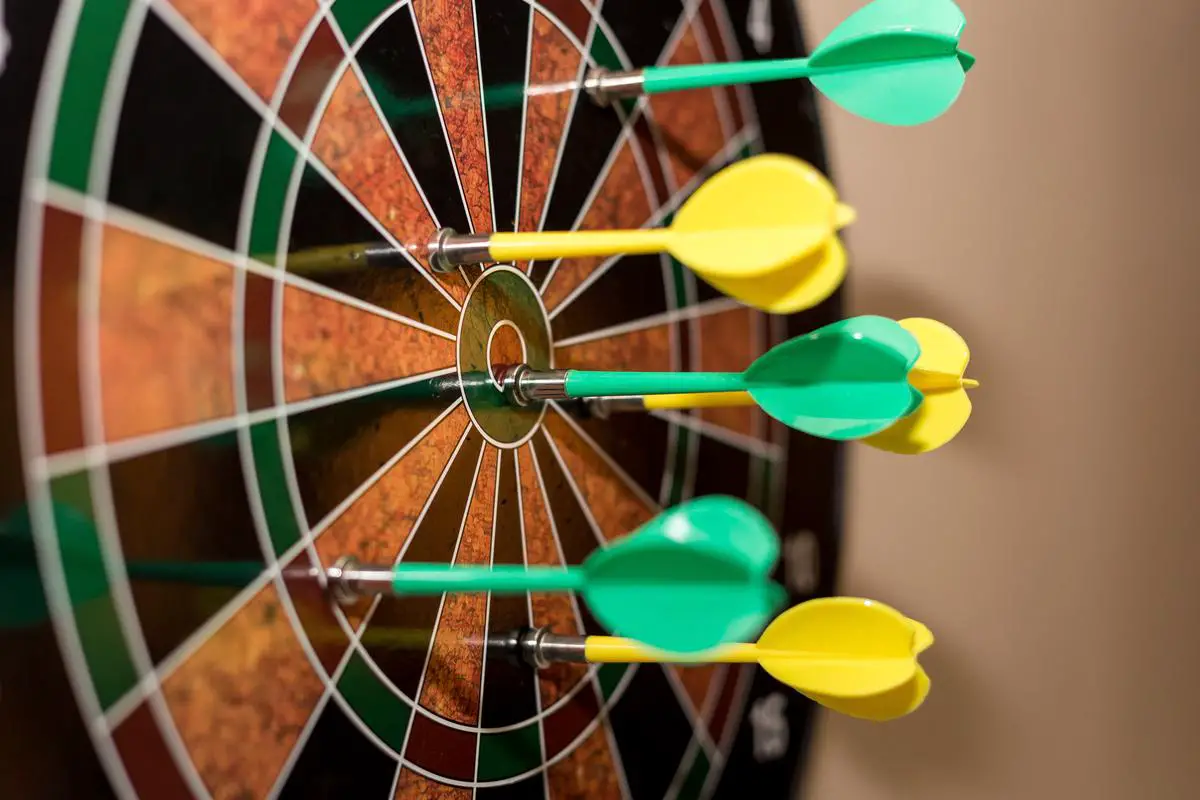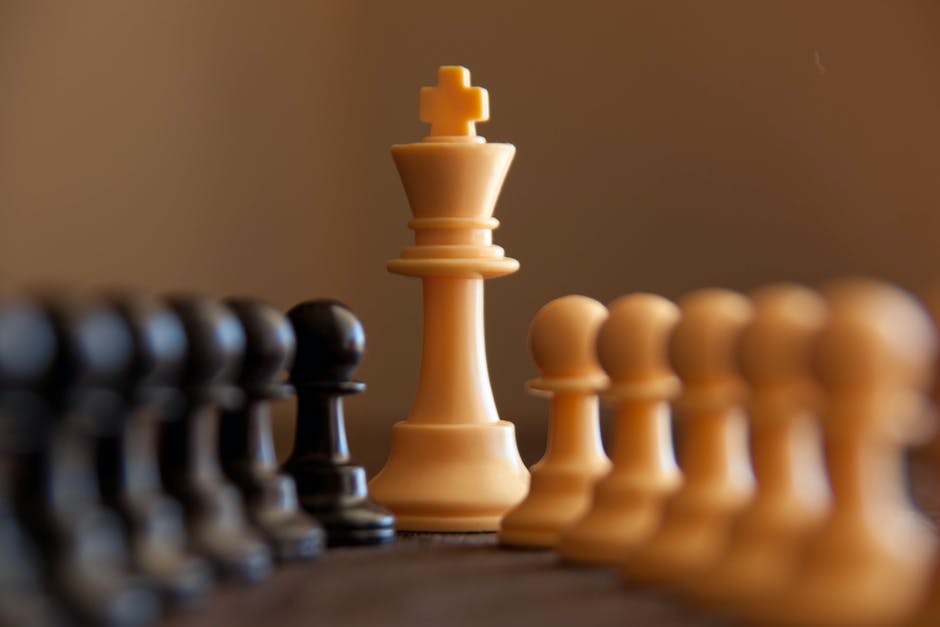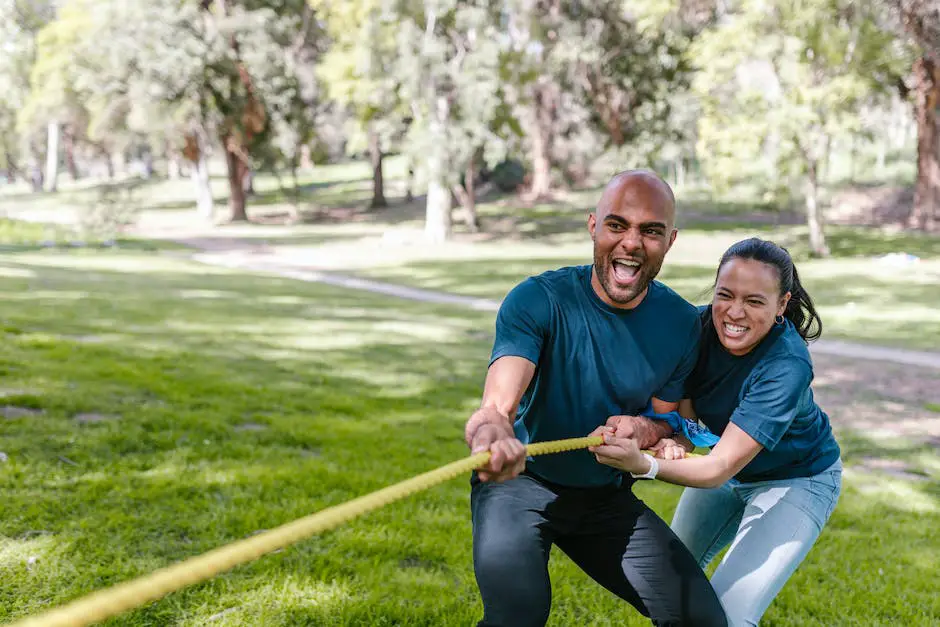Engaging in popular outdoor games can serve as a fun and exciting way to pass time, cultivate recreational skills and engage friends and family. Among these games, however, there exists a unique sport known as Kubb, often referred to as ‘Viking Chess,’ due to its captivating mix of strategy and skill. In order to master this game, it is critical to delve into understanding its rules, setting up the game accurately, refining your throwing techniques, and finally developing foolproof game-winning strategies. This journey from a beginner to a skilled player requires an eagerness to learn, practice, and a continuous drive to elevate your game.
Understanding the Rules of Kubb
Understand the Basic Concepts of Kubb
Kubb, an outdoor tossing game originally from Sweden, combines elements of strategy and skill. The game is often dubbed as the ‘Viking Chess’ due to its Viking origins. The basic concept revolves around knocking down the opponent’s kubbs (wooden blocks) using batons, and finally, the king.
Know Your Kubb Pieces
A standard Kubb set consists of one king, ten kubbs, and six batons. The king, usually a larger, more distinguished piece, is the main target of the game and is placed in the center of the field. Kubbs, on the other hand, serve as the opponent’s lines of defense. Each player or team lines up their five kubbs on their baseline. Batons are the objects used to knock down the kubbs and the king.
Get Familiar with the Playing Field
The playing field, often called a ‘pitch’, is a rectangular area typically 5 meters wide and 8 meters long, though more casual games can adjust the size to accommodate their space. Each player’s baseline is at the narrow end of the rectangle where their kubbs are lined up.
Master the Throwing Techniques
In Kubb, batons must be thrown underhand and end-over-end. This might take some practice to get used to. Any throw where the baton spins side-to-side or is tossed overhand is considered a foul throw. The goal of the throw is to knock over the opponent’s kubbs, and later, the king.
Learn the Game Objectives
The main objective is to knock over all the opponent’s kubbs and then knock over the king. However, there is a catch – if you knock over the king before all the kubbs, you lose the game instantly. This rule is what adds a dash of strategy to every throw!
Understand the Flow of the Game
Each turn involves a series of throws. The game starts by one team throwing their batons towards the opponent’s kubbs. Any kubbs knocked over are then thrown by the second team back onto the first team’s half of the pitch, effectively becoming ‘field kubbs’. These field kubbs must be cleared before attacking the baseline kubbs on the next turn. The game continues in a back-and-forth manner until one team has knocked over all the opposing team’s kubbs, and finally, the king.
Respect the Sportsmanship of Kubb
Part of Kubb’s charm is its emphasis on good sportsmanship, often called ‘Kubb Spirit’. Friendly banter is part of the game, but respect for the rules, opponents, and the enjoyment of the game is paramount. Remember, the main aim is to have fun!

Setting Up the Game
Understanding The Kubb Game Setup: Essential to Play
Kubb, a classic Swedish lawn game, is a fun outing for individuals or groups. Its unique setup and straightforward rules combine to offer an engaging activity for the whole family. Here, we’ll break down the key components of the game setup, including the arrangement of the kubbs on the pitch, the position of the king, and the definitions of baseline and centerline. This primer will also delve into how kubbs are repositioned after being knocked over.
Initial Game Setup: Arranging The Kubbs and The King
The game starts with a setup that involves strategically arranging the kubbs and the king on the pitch.
- Begin by setting up a rectangular playing area, known as the pitch. The size of the pitch ranges based on player level, but for beginners, a 26 ft by 16 ft rectangle should suffice.
- Split the pitch in half by drawing a line through the middle. This is known as the centerline. The centerline is crucial in dictating play throughout the game.
- Place the king in the middle of the centerline. As one of the most important pieces in the game, the position of the king has significant implications in directing gameplay.
- Next, set up the kubbs. Each team starts with five kubbs. Position these along the short ends of the rectangle, or the baselines. There should be an equal number of kubbs on each baseline, marking the team’s territory.
Understanding The Baselines and Centerline
The game revolves around two main lines – the baseline and the centerline.
- The Baseline: This is where your kubbs start placed at the beginning of the game. There are two baselines, one at either end of the pitch.
- The Centerline: This divides the pitch in half. It’s crucial during gameplay as it helps with targeting and throwing strategies.
Repositioning The Kubbs: What Happens When They’re Knocked Over
After you’ve mastered the setup, it’s vital to understand what happens when a kubb is knocked over.
- When a kubb is knocked over by the opposing team, that team must throw it back into the opponent’s half of the pitch.
- Once it stops moving, the opposing team stands it up where it lays. This kubb is now referred to as a field kubb.
- The field kubbs must be knocked down before the base kubbs at the next round of throws. Team management and strategy come into play here as the field kubbs can block routes to the base kubbs.
Understanding The Kubb Game Setup: Essential to Play
Understanding how to properly set up the game of Kubb will enhance your gaming experience and potentially your winning chances. So grasp these rules and enjoy a great round of Kubb with friends and family!

Practicing Throwing Techniques
Understanding the basics of Kubb
Before diving into throwing techniques, it’s important to understand the basics of Kubb, a game of Viking origin. Kubb is played on a rectangular pitch, often on grass or sand, and involves two teams. It’s sometimes referred to as “Viking Chess” due to its strategic nature. Each team has several cylindrical blocks (kubbs) and one larger king block. The goal is to knock down the opposing team’s kubbs and the king before the opponent does.
The grip
One of the first things to mastering Kubb is getting a comfortable grip on your baton. The baton, which is cylindrical in shape, should fit comfortably in your hand. For a basic grip, place your four fingers underneath the baton and your thumb on top. Your fingers should be evenly spread across the baton, not clustered too close together or too far apart. This even spread will help distribute the force of your throw evenly across the baton, helping it to fly straight and true.
The swing
Swinging the baton in Kubb is not like throwing a baseball or a football. Instead, the baton should be swung underhand, similar to a bowling motion. Start with the baton held above your shoulder, then swing it down and release it when your arm is about parallel to the ground. The baton should rotate end over end, not spin like a Frisbee. This swing motion takes some practice to get used to, but once you get the hang of it, it can greatly improve your accuracy and consistency.
Aiming and Adaptation
Aiming in Kubb is all about keeping your eye on the target and practicing your aim repeatedly. Visualizing your target and where you want the baton to land can also help improve your accuracy.
However, in real-life game settings, you’ll need to adjust your aim based on varying conditions, such as the wind or your distance from the target. If the wind is blowing to the right, for example, you might need to aim slightly to the left to compensate. If you’re further away from the target, you may need to throw harder, but not so hard that you lose control of the baton.
Practice Makes Perfect
Learning how to play Kubb is just the beginning. The real key to getting good at Kubb is practice. Dedicate time to practice aiming, adjusting your throw depending on conditions, and getting the feel of the baton in your hand.
The goal is to achieve as much consistency as possible with your throw. That way, you can be more confident in your aiming and adapt more quickly to changing conditions during a game. Good luck with your Kubb practice!

Developing Strategies
Understanding the Game: The Basics of Kubb
Before developing any winning strategies for playing Kubb, it’s essential to understand the game’s basics. Originating from Sweden, Kubb is a lawn game where you aim to knock over wooden blocks, known as Kubbs, by throwing wooden batons at them. The game plays out on a rectangular pitch, and each team attempts to eliminate the other’s Kubbs. However, the ultimate goal is to knock over the “king” Kubb, situated in the middle of the pitch, without knocking it over prematurely, which results in an immediate loss.
Emerging Tactics: Focusing on Field Kubbs First
The first Kubb strategy for beginners is to focus on eliminating the field Kubbs, the Kubbs on the half of the pitch of the opposing team, before aiming any shots at the king. Taking out the field Kubbs initially increases the accuracy of your throws, minimizes the number of Kubbs your opponents can throw back into your half of the pitch and reduces the risk of accidentally knocking down the king.
Mastering the Throw: Techniques for Blasting and Grouping
Throwing techniques play a crucial part in determining the outcome of a Kubb game. Two common Kubb throwing strategies are “blasting” and “grouping.”
“Blasting” involves throwing your batons with enough force to knock over multiple Kubbs at once. This technique can be advantageous when you’re working with a grouped cluster of Kubbs.
“Grouping,” on the other hand, is a more controlled throw, meant to knock over one specific Kubb without disturbing the others around it. This technique is particularly useful when there’s a need to avoid knocking over the king prematurely.
Knowing When to Aim for the King: The Winning Shot
Once all of your opponent’s field Kubbs have been knocked over, it’s time aim for the king. The timing of this shot is extremely crucial. Knocking over the king wins the game, but if you knock it over too early—before all field Kubbs are down—it leads to an immediate loss. It’s important to have enough control and accuracy over your throw when shooting for the king.
Practice Makes Perfect: Participate in Mock Games
One of the surefire ways to understand and apply these strategies is through constant practice. Take part in as many mock games as possible—this will help you get acquainted with the game’s rules, boost your understanding of the aforementioned strategies, and refine your throwing techniques. From mastering the art of targeting field Kubbs first, to perfecting your blasting and grouping talents, and knowing when to make that winning shot at the king – it all comes with practice.
So go ahead and immerse yourself in the fascinating game of Kubb. With patience, understanding, and regular application of these strategic aspects, you’ll soon evolve from a beginner to a seasoned Kubb player.

Through the mastery of these core areas, you pave the road towards not just competency but potentially great prowess in the game of Kubb. Comprehending the rules lays the foundation upon which you build your Kubb knowledge. Setting up the game correctly initiates the chessboard on which you lay your strategic moves. Honing your throwing techniques provides you with the artillery to leverage your plans into action. And lastly, devising effective strategies is the linchpin that coalesces all these elements into a winning game. Engage these areas diligently and unleash the inner ‘Kubb King’ in you, enjoying every exhilarating moment that this marvelous game has to offer.
Frequently Asked Questions about Mastering Kubb Game
A: Kubb, also known as Viking Chess, is an outdoor lawn game of strategy and skill. It involves knocking over wooden blocks (kubbs) with wooden batons to ultimately topple the king block.
A: In Kubb, two teams take turns throwing batons to knock down the opponent’s kubbs. Once all kubbs on one side are down, the team can aim for the king block. The first team to topple the king wins.
A: Kubb can be played with 2 to 12 players, allowing for flexible team sizes and making it suitable for both small gatherings and large events.
A: Yes, Kubb is a game that can be enjoyed by players of all ages and skill levels, making it a perfect choice for family fun and outdoor activities.
A: To play Kubb, you need wooden kubbs, batons, and a king block. The game is typically played on a grass or sand surface.
A: Absolutely! Kubb is well-suited for backyard play, and it can also be enjoyed at parks, beaches, and other open spaces.
A: The duration of a game of Kubb can vary depending on factors such as the number of players and their skill level. On average, a game can take around 30 minutes to an hour.
A: Yes, mastering techniques like the underhand throw and the sidearm throw can improve accuracy and increase your chances of knocking down kubbs.
A: Yes, many communities have Kubb leagues and clubs that offer organized play, tournaments, and opportunities to connect with fellow Kubb enthusiasts.